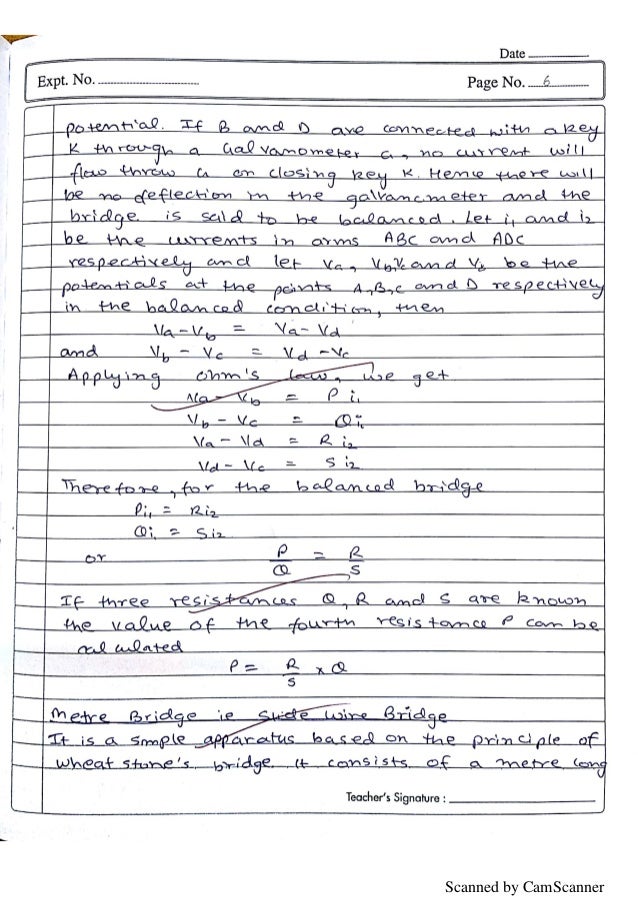
Class 12 Physics Practical File
Practical file for class 12 • 1.
Physics is one of the most important subjects in Class 12. As the CBSE exam approaches, students get busy preparing for different subjects. But an essential part of CBSE exam is the practical exams which consist of 30 marks. Students must know all the experiments along with theorems, laws, and numerical to understand all the concepts of 12th standard physics in a detailed way. Two experiments (8 + 8 marks) are asked from each section in the practical exam. The experiment records and activities consist of 6 marks, the project has 3 marks and viva on the experiment consist of 5 marks. The Physics Practicals For Class 12 CBSE is given here so that students can understand the experiments in a better way.
Class 12 ISC Physics Practical Experiments and Readings ISC Physics Lab File: Here is my physics practical file for ISC Physics in this post. Whole lab manual is there. Physics is one of the most important subjects in Class 12. As the CBSE exam approaches, students get busy preparing for different subjects. But an essential part of the CBSE exam is the practical exams which consist of 30 marks.
Students are suggested to study the theory and law behind the experiment properly before performing the experiment. A Set up the circuit shown. The length of Eureka wire acts as the resistance in the circuit. B By adjusting the power supply, you can vary the p.d. Across the Eureka wire. The ammeter will show corresponding values of the current through the wire.
Torrent download 90210 season 5 episode 1 full. Keep the current small so that the temperature of the wire does not increase. (Adjust the rheostat at the beginning and then keep it constant.) Record a series of values of p.d. C Calculate the ratio p.d./current for each pair of values. Comment on the result. D Draw a graph to represent the same data. From the graph, deduce a value for the ratio p.d./current. Important Steps in this experiment: 1 Students should collect pairs of results for the potential difference across the wire, and current through the wire.
2 A graph is then plotted of current against potential difference. It is a matter of taste whether current is plotted on the y-axis or the x-axis.
Bartender ultralite 9 2 crack 3 2. It normally depends on what the experimenter is trying to find out. The independent variable is normally the potential difference and so it could be plotted along the x-axis. The resultant current, the dependent variable, would be plotted on the y-axis. This would show how the current varies with potential difference.
However, the ratio p.d./current is important to us, and so the axes would have to be reversed if the ratio were needed from the slope of the graph. 3 Students should also calculate the ratio p.d./current for all pairs of results. (This is best done in a table.) It will be found that the ratio is constant, and this is defined to be the resistance of whatever we have connected the voltmeter across. The unit of resistance, one volt per amp, is known as the ohm.